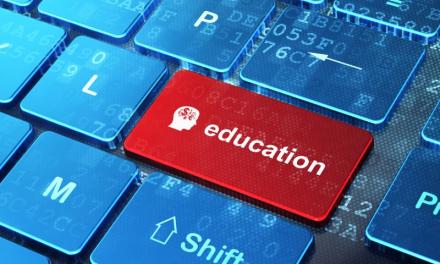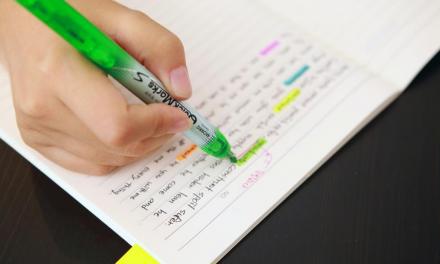“By 2019, 50% of all high school courses will be delivered online” forecasts American writer of Disrupting Class book Clayton Christensen.
His prediction refers to schooling in the USA, but could the UK education system follow suit?
Online learning is a fundamental cornerstone to the model of blended learning; one which is growing at speed for those in the lifelong learning as they combine busy lifestyles with a return to study and one which is bound to factor in secondary and primary curriculums to a greater degree as schools embrace modern technology as educational tools.
What is blended learning?
Blended learning means that a pupil spends some of their time in a traditional education setting such as a school and then some time learning through online delivery where they are in control of the pace and timing of how and when they learn.
Blended learning models
Theoretically speaking, there are 6 blended learning models
- Face to face driver
- Rotation
- Flex
- Online lab
- Self-blend
- Online driver
Each of the models are combined through a mix of teaching roles, the physical space the learning is taking place in, scheduling and the relevant delivery methods. Over time, new models will develop as the needs of the teacher and student are analysed, monitored and evaluated.
How does blended learning benefit a school?
There can sometimes be resistance in schools or their governing bodies to blended learning due to the amount of control given to the student. However, blended learning offers access to new resources within a learner-centred pedagogy. It is an essential part of differentiation as it can match the pace and style of delivery to the academic need of each student on an individual basis and improves the logistical use and availability of classroom space and time.
Learning online really will be a major element of all stages of education within the next few years and so the earlier the introduction to online learning takes place, the more awareness of this style of teaching delivery spreads as pupils move through their school life.
With blended learning, there’s more opportunity to meet the expectations of the students and there are a whole host of new ways to build different skills which may not materialise in a purely classroom based environment.
How does blended learning benefit the student?
With the high use of technology devices evident in day to day life, the majority of school age children and teenagers will have had at least some exposure to the use of the internet.
Blended learning builds on this already gained technical literacy and offers a huge increase in time management, flexibility and the chance to self-develop independent learning skills. It also means that learning is seen as much more interesting as it is utilising technology which is normally part of their entertainment and social aspects of their lives.
How to bring blended learning into your school
The offering of blended learning as part of your school curriculum isn’t something which can take place overnight. There is a great deal of research which must first be carried out into the variety and viability of the delivery methods, the thoughts and ideas of the users – both those teaching and those learning – and the provision of absolute support at all stages and with all aspects blended learning brings.
Whilst it may seem like a huge leap away from traditional learning into an environment which reduces the amount of control available over the way pupils choose to learn, it certainly is the future and the earlier that steps can be taken to embrace this method of teaching, the more smoothly its integration will feel when it is more mainstream as opposed to its current status as an ideological curriculum add-on.










